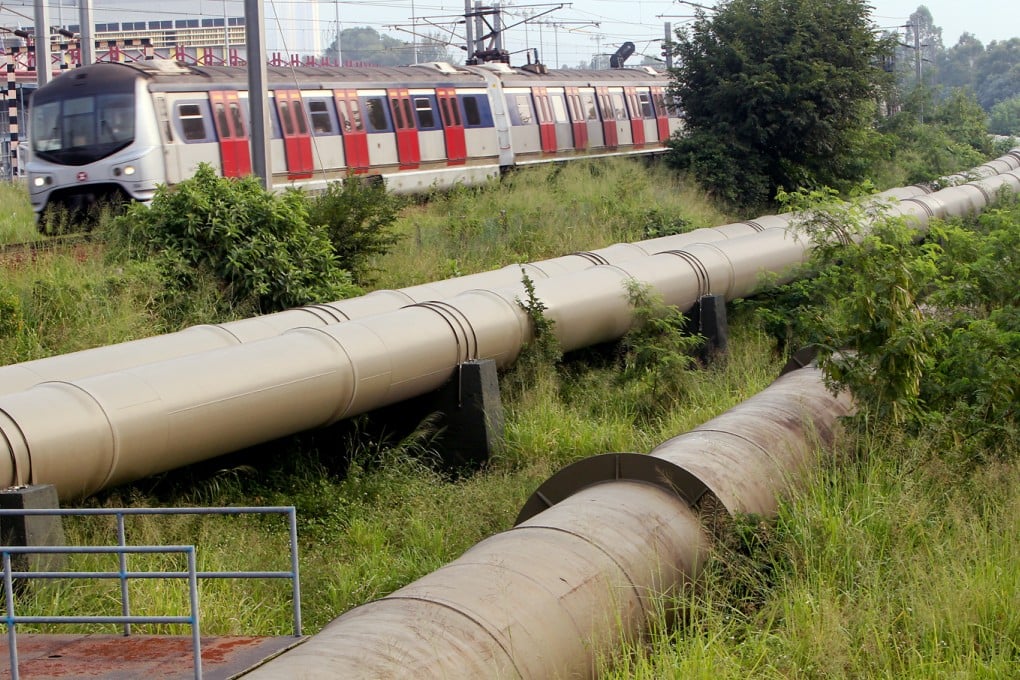Hong Kong needs a long-term vision for responsible water use
Su Liu says Hong Kong could learn from Singapore how to manage and develop its water resources for responsible, sustainable use

When compared with Singapore, what's missing in Hong Kong's water policy is not water resources, but a long-term vision and determination to become a more responsible and self-reliant city. Why?
In the early years, as population growth increased demand for water, both cities responded by expanding their water catchment capacities.
In the 1950s, Hong Kong also developed a highly innovative seawater flushing system that would make it the only place in the world that uses a dual-water supply system extensively. In the 1960s, severe droughts forced both cities into bouts of extreme water rationing, and both needed long-term solutions to their water problems.
The year 1965 was a watershed for both cities.
For Hong Kong, it marked the start of an arrangement that has fostered water dependency ever since. The Guangdong-Hong Kong water supply agreement of 1960 secured the delivery of water from Shenzhen reservoir to ease the drought, and the opening of supplies from the Dongjiang in 1965.
For the pragmatic colonial government, this arrangement was a simple commercial transaction. For mainland policymakers, solving Hong Kong's long-term water supply problem helped to safeguard the Chinese Communist Party's need for stability. So when supply through to 2030 was virtually guaranteed, incentives to innovate no longer existed and both sides fully embraced water dependency.
